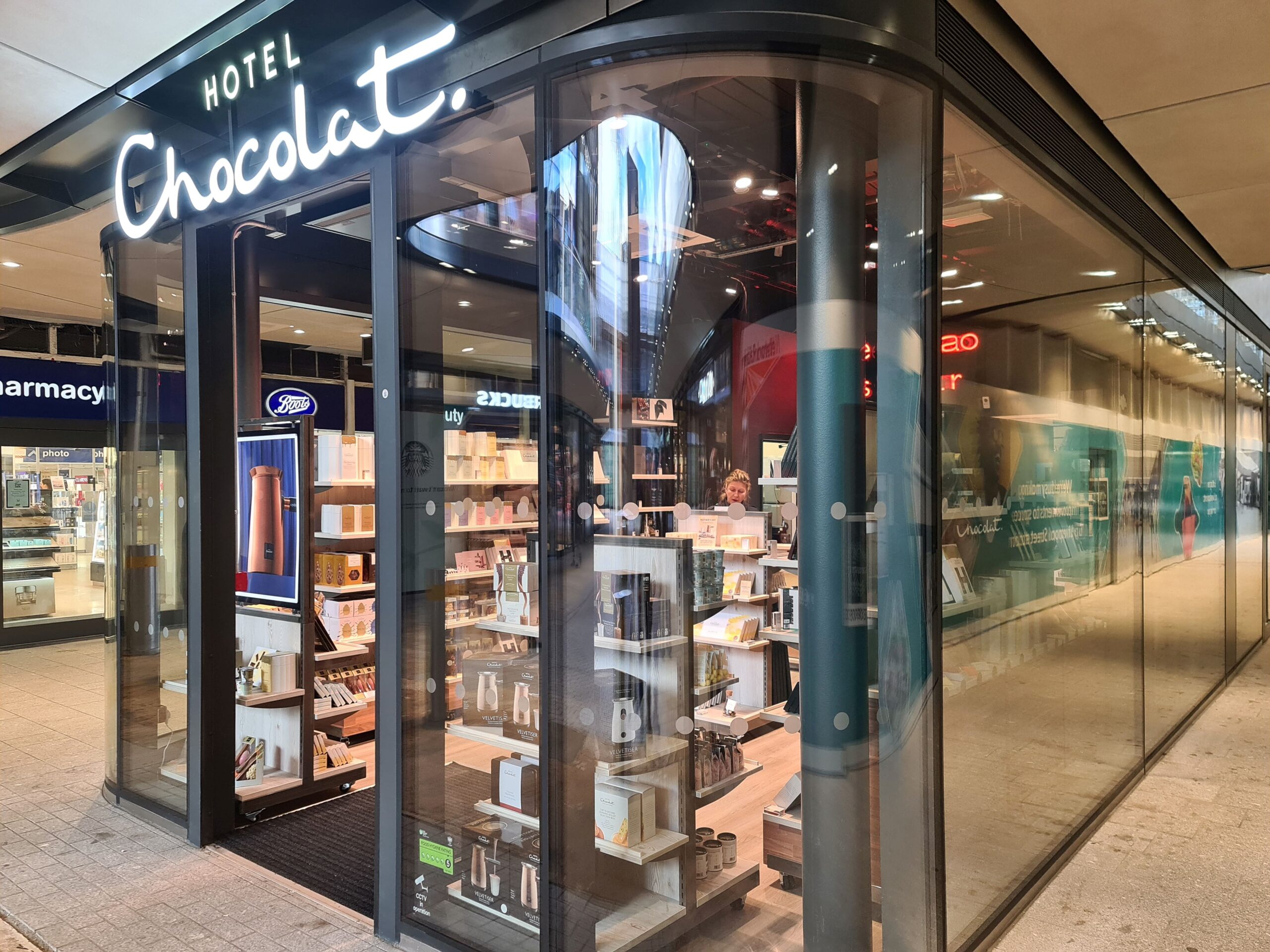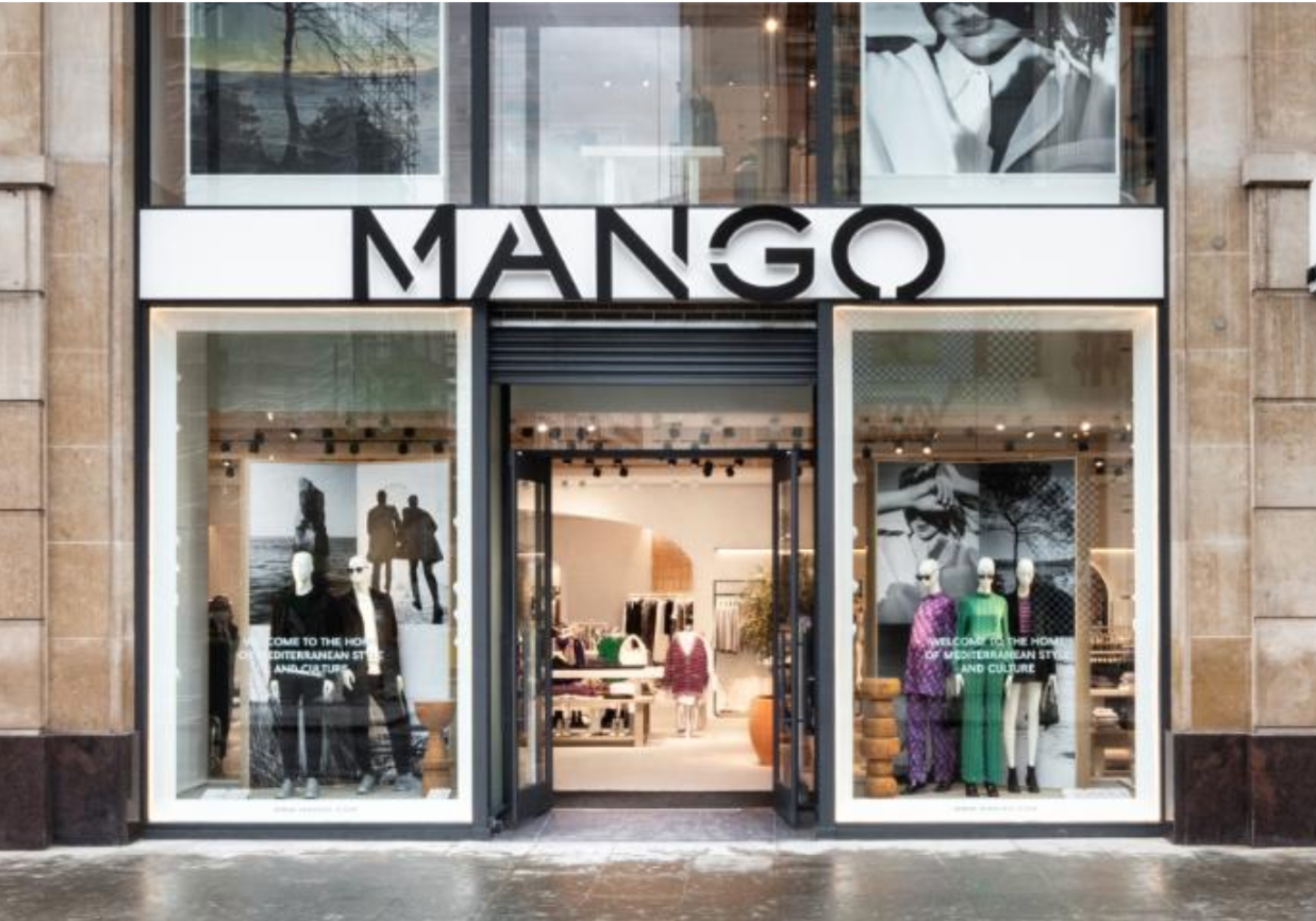Omni-channel retail is now firmly established, creating consumer expectations of service and availability that retailers’ supply chains have to fulfil. However, multiple pressures now make fulfilling these demands extremely difficult, writes Richard Forrest, EVP of Supply Chain Planning at Llamasoft. These include the expansion of product ranges, whether online, in-store or in catalogues, the problem of dealing with returns and the requirements to support promotions. Alongside these challenges come the sudden increases in demand or interruptions to supply caused by external factors which can be anything from extreme weather to rocketing demand for products generated by unexpected celebrity endorsement.
Different channels
The pressures are harder to deal with when conventional forecasting tools find it so difficult to accommodate the differing speeds at which products within such large ranges in fragmented channels move through the supply chain in response to varying demand across these different channels.
This causes real problems for some of the biggest names in retail who have been embarrassed by their inability to meet customer expectations, even on fast moving items.
Often the response is to play safe, dispatching more inventory than required, driving up costs, poor inventory placement and increased markdowns.
Control tower
Yet even the most constrained retail supply chain can develop the built-in adaptability to absorb all the variables on a continuing basis.
A control tower approach is needed that can examine past performance to see where things have gone wrong and combine those insights with predictive analytics, using data from multiple sources to see what is coming up.
Reliance on the old paradigms will almost always fail to deliver in the era of omni-channel, leaving the operator with inventory that is in the wrong place.
The importance of positioning
It is a question of positioning stock so that the constantly shifting variations in demand and supply can best be absorbed, shortening the lead-time to the customer and improving service. For example, the more stores that are fed by hubs, holding the precisely calculated level of inventory as a buffer against sudden increases in demand and long lead time variable supply, the less volatile demand looks and the lower the impact of any bullwhip effect. Indeed, where inventory is positioned in the supply chain becomes as important as getting the forecast right. In some ways it is more important, because no matter how much time is spent on forecasting, beyond a certain point, it cannot be improved.
Detailed examination and modelling
Examination of the supply chain with advanced software tools will show where the problems lie and where stock is best held. This is complicated by the fact that while there is often space in a warehouse, it may not be appropriate for the types of SKU’s that the retailer wants to hold back for whatever reason. They may find that they are not able to do so due to limited picking slots of a certain size. For instance, you cannot store fridges in picking slots designed for holding toasters, even if that space is available. It is important to understand this level of detail when making these decisions and when reacting to demand changes.
Equally, analysis may reveal where it is best that fast-moving inventory is prioritised, and could bypass a central hub, going straight to the store from the supplier.
The old rule-of-thumb techniques can never deliver this kind of insight, leaving retailers with high inventory costs or unfulfilled demand.
Scientific approach
A scientific approach is required, enabling operators to think differently and come up with real solutions, planning by design, even within a constrained network and fixed capital costs. On a continuing basis, an operator can use the availability of accurate data within an integrated solutions platform to work out the optimum frequency of replenishment for items and locations, the patterns of flow through the chain as demand changes and the required volumes of inventory.
Such advanced software tools act as a virtual control tower, building flexibility into the system, enabling the chain to take variations in its stride while keeping a firm grip on costs. Pressures are flagged far more rapidly and the organisation is continually shifting its stance like a skilled boxer avoiding a jab so he can land a heavy punch on his opponent.
There certainly is no one-size-fits all solution and as ever, the quality of personnel using the technology is a vital factor.
Demand-sensing
And while it is true that forecasting has its limits, it is almost always the case that organisations need to radically improve demand sensing, combining data from multiple channels and sources to build an accurate overall picture, and react quicker to short term changes in demand.
This can be challenging, for example, many items bought online are returned in-store, producing distortions in the data if the channels are being monitored separately through different systems. Returns may be understated in online retail operations, but overstated in bricks-and-mortar, causing unexplained imbalances in the inventory throughout the supply chain.
An advanced system capable of pulling in and analysing all the data will cope with these pressures, providing total visibility down to line items or segments.
Even if an operator or retailer cannot invest large amounts of capital to improve its supply chain, it can certainly achieve huge gains by using advanced planning by design solutions in an integrated platform, dropping the old techniques that are no longer up to the job.






